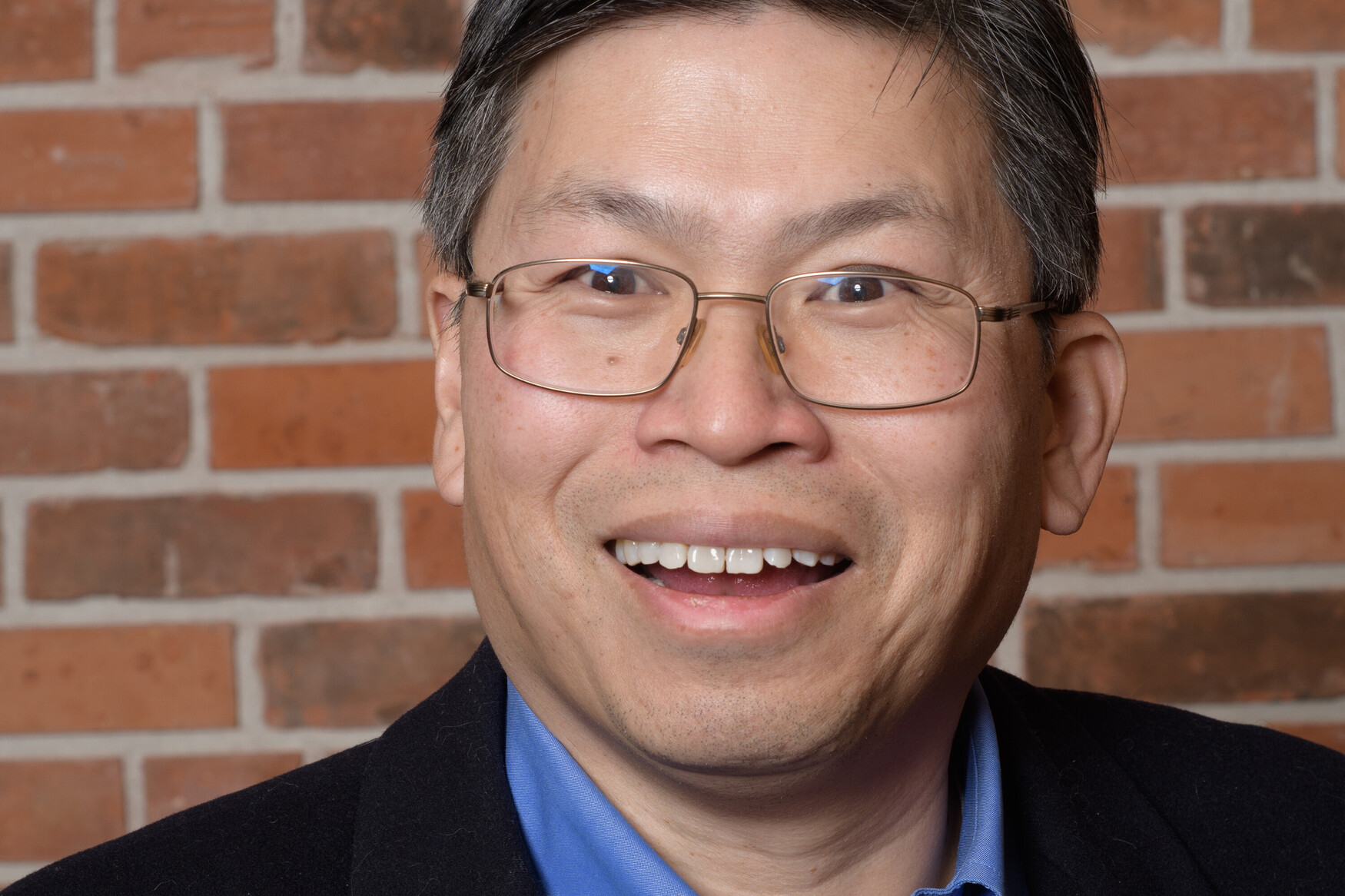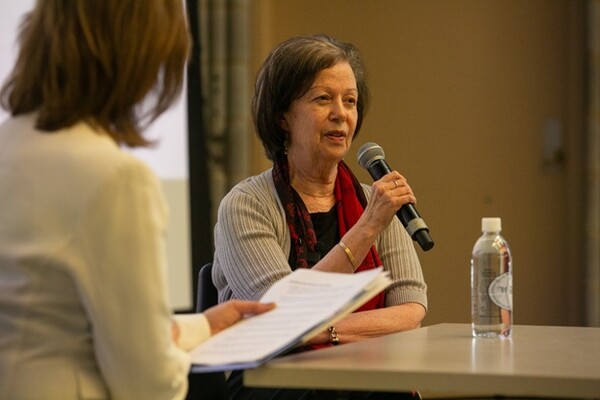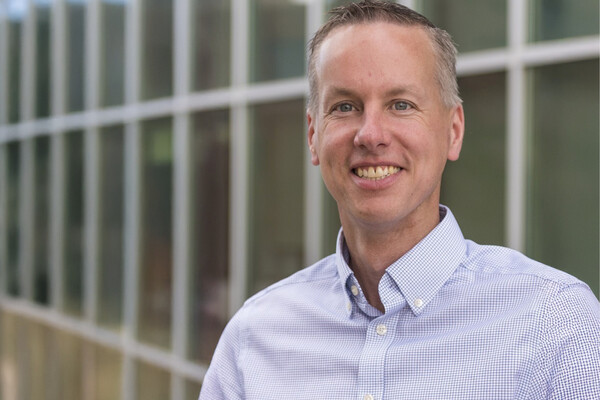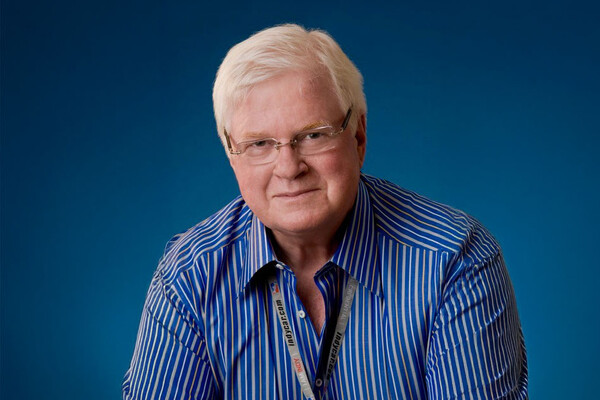Main Second Level Navigation
Breadcrumbs
- Home
- News & Events
- Recent News
- Temerty Medicine Alum: David S. Young on the Journey from Surgeon-Scientist to CEO
Temerty Medicine Alum: David S. Young on the Journey from Surgeon-Scientist to CEO

Temerty Medicine alumnus David S. Young (MD ’90, MSc ’96, PGME Surgery ’98) holds multiple degrees from the University of Toronto’s Division of General Surgery and is a proud graduate of its Surgeon-Scientist Training Program.
While still a resident at St. Michael’s Hospital in Toronto, he founded ARIUS Research Inc. — a venture through which he and his team sought to develop therapeutic cancer antibodies. He ultimately sold ARIUS and started KisoJi Biotechnology with a similar mission, to treat cancer with antibody therapies.
In recognition of U of T Entrepreneur Week, we chatted with Young about his journey from surgeon to scientist to entrepreneur, and how he sees antibodies revolutionizing cancer care.
You began your medical career as a surgeon. What prompted you to transition to biotechnology?
When I was in U of T’s Surgeon-Scientist Training Program in the 1990s, my primary interest was transplantation. One of the key challenges we faced was organ donor shortage. We were using pig hearts experimentally to test for possible transplantation into humans, and immediate rejection was an issue. Existing antibodies in the recipient would latch on to the pig cells and kill the heart very quickly. So, I started working on developing antibodies to treat this antibody rejection — anti-antibodies, basically.
How were you able to apply this knowledge in treating cancer?
In transplantation there’s a second wave of rejection, called delayed xenograft rejection. At a basic level, protective proteins in the host, not antibodies, will bind to the sugars in the foreign cells and kill them. One of my doctoral supervisors was a carbohydrate specialist, Dr. Inka Brockhausen (BSc ’80, PhD ’85 Biochemistry, Enzymology, Glycobiology) — U of T is home to a high concentration of sugar experts, because of our history with Banting and Best and their discovery of insulin. She noted cancers have different carbohydrate (sugar) patterns and may be vulnerable to proteins in the same way. I ran an experiment, and sure enough the response was similar. That was a bit of a eureka moment.
Around that same time, in the late ’90s, one of the first antibody treatments for cancer was approved called Herceptin. I looked at the animal research data and thought “I can make better antibodies.” So that’s how it all started.
You now have well over 200 patents in the biotechnology field. What’s the process for patenting a technology?
We patent the process first, then we derive the drug candidates and then we patent the drug candidates. That's why we end up with a lot of patents. My first core patents were around the idea of FunctionFirst, which is a phrase we trademarked at ARIUS. Drug companies will often spend a lot of time and effort identifying targets — the problem protein or enzyme causing the disease — and then making sure their drug candidates can bind to that target. They often don’t spend enough time testing the efficacy of the drug itself early. With FunctionFirst, we spend more time on answering the question “Does our drug candidate kill cancer cells?” If a candidate is successful in the lab, we then identify the target and the binding mechanism, and reverse-engineer from there.
With KisoJi, you use the term “multi-specific antibodies” to describe the treatments and therapies you’re developing. What does that mean?
Most diseases are multifactorial — there are very few diseases where you can just knock out one gene or replace one gene or target one protein and cure the disease. The logical thing to do is make drugs that target these multiple factors at the same time. Think of a traditional antibody as a hockey player. First you get the puck, you skate down the ice, you cross the blue line without being offside, you dodge the defense, shoot on the goalie and maybe it goes in the net. It's very elegant, but it's also very difficult.
If we could change the rules of the game, so you get all five players on the ice standing in front of the net each shooting a puck, your chances would be much better. That’s essentially what we’re doing — we've been able to make molecules with multiple antibody components that are each taking their shots on goal. We have made multiple versions of these molecules with different antibody combinations to treat different cancers. Using all those molecules during treatment, the patient has a much better chance of scoring that goal to achieve a better outcome.
What are your short-term and long-term goals with KisoJi?
Short-term, we’re transitioning from an early-stage technology drug discovery company to a clinical stage company with our first human clinical trials. We’ve set up the core technologies, we’ve created molecules that we think are going to work, we've done all the lab-based work — now we need to test our drugs humans. We’re very close with our lead program, a novel TROP2 antibody, which will be entering into clinical trials soon.
In the long term, we will be evolving these multi-specific antibodies, these molecules to address complex problems, to be even more sophisticated and, hopefully, more successful. In the biotech world, there are a lot of companies doing any one of the things that we're doing, but there's no company doing everything we're doing. Through that breadth of biotechnology research, applying what we learn in one domain to other domains, we’re confident we can make a quantum leap in terms of drug discovery.
How can U of T continue play a role in promoting entrepreneurialism among medical practitioners?
I think two of the greatest things about U of T, and the medical school within Temerty Medicine, is its size and its breadth. As an MD grad, I was part of a class of 252 people, which is huge — there was so much diversity among those classmates, and different expertise in the faculty. Through the surgeon-scientist program, I was also encouraged to think and try, not just do (perform surgery). That gave me a safe space to take risks. All in all, coming out of U of T I felt like I had vast opportunities and lots of support, which is essential to fostering an entrepreneurial spirit.
News


